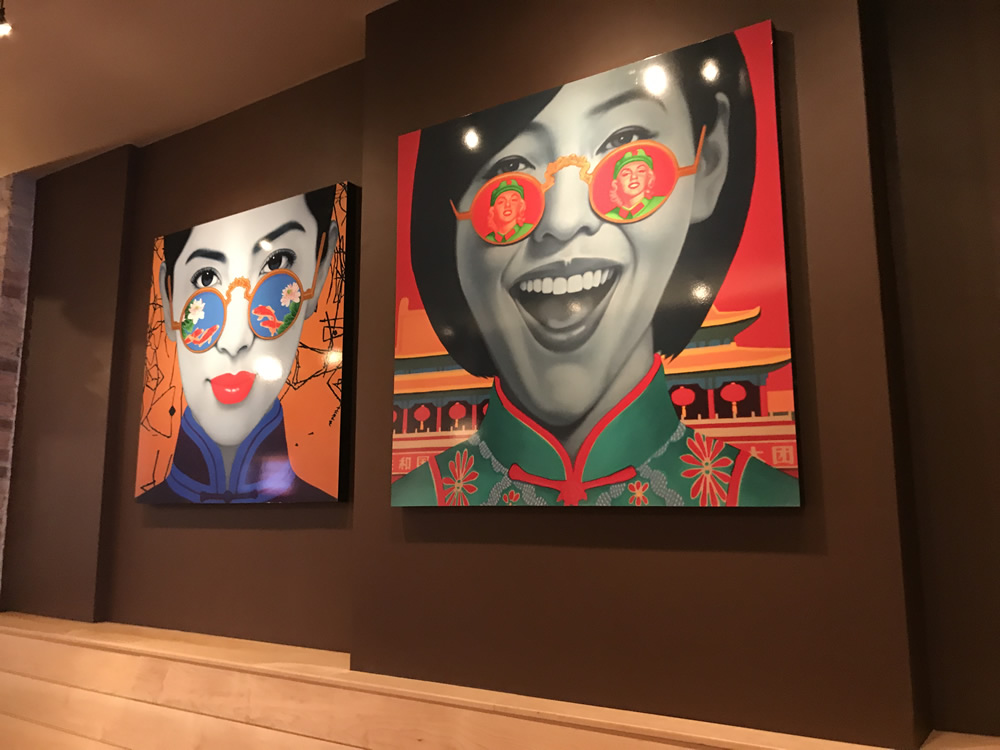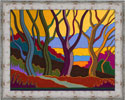 Gamma produced two large, fine art Giclee prints last week, mounted them to museum box frames and provided installation services at Wao Bao, an Asian restaurant specializing in savory steamed buns, located at 46 E Chicago Ave. The 48″ x 48″ graphics – the product of fine art printing – were transmitted to Gamma by artist Xu Degi.
Gamma produced two large, fine art Giclee prints last week, mounted them to museum box frames and provided installation services at Wao Bao, an Asian restaurant specializing in savory steamed buns, located at 46 E Chicago Ave. The 48″ x 48″ graphics – the product of fine art printing – were transmitted to Gamma by artist Xu Degi.
What is Archival Printing?
Before the digital revolution commenced in the 1990s, the art of printmaking was largely confined to the time consuming preparation of plate making for lithographs and screen making for serigraphs.
Over the past 25 years, Giclee printing – a term often used to describe high quality and high resolution inkjet archival fine art printing – is similar in quality to the traditional museum quality printing of silver halide and gelatin imagery. The substrates used – paper or canvas, are acid free, PH neutral and designated as 100 year archival; the ink used, typically pigment-based instead of dye-based, is also designated as archival.
Fine art Giclee prints are most commonly found in museums, art and photographic galleries.
Fine art reproductions are produced directly from digital files or from high resolution digital scans of original art. Gamma’s flat bed scans of original art on the Scitex Eversmart Supreme, the highest resolution scanner on the market with its oXYgen software, enables the scanner to better differentiate a wide range of color tones, producing unmatched detail in archival printing.
As a final step in the process, Gamma’s mounting of the archival giclee printing to 2” museum box frames produced additional depth and prominence to the images now on display at Wao Bao.


 Gamma offers a variety of portable display stands that can be used in multiple environments. These
Gamma offers a variety of portable display stands that can be used in multiple environments. These